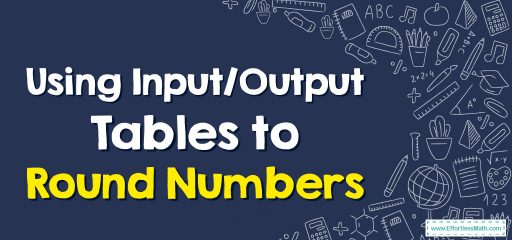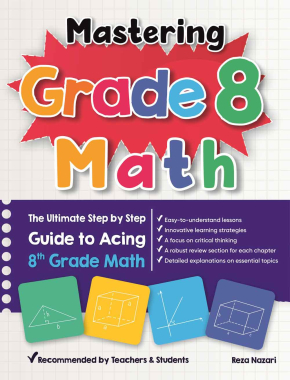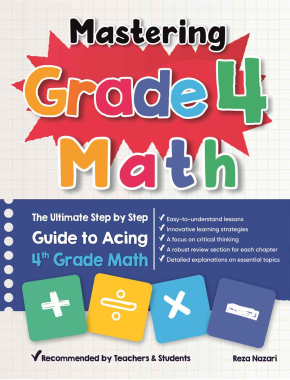Using Input/Output Tables to Round Numbers

Original price was: $109.99.$54.99Current price is: $54.99.
Original price was: $109.99.$54.99Current price is: $54.99.
| In | Out |
| 189 | 200 |
| 256 | 300 |
| 738 | 700 |
| 108 | 100 |
Original price was: $29.99.$16.99Current price is: $16.99.
Related to This Article
More math articles
- 5th Grade SOL Math Worksheets: FREE & Printable
- 3rd Grade NSCAS Math Worksheets: FREE & Printable
- SSAT Middle Level Math FREE Sample Practice Questions
- 8th Grade STAAR Math Practice Test Questions
- How to Manage Your Time Effectively on the GED Math Test?
- The Ultimate 7th Grade OST Math Course (+FREE Worksheets)
- FREE 7th Grade ACT Aspire Math Practice Test
- How to Find Infinite Limits and Vertical Asymptotes?
- The Ultimate MEGA Elementary Education Multi-Content Math Course
- The Ultimate CLEP College Mathematics Course (+FREE Worksheets & Tests)




























What people say about "Using Input/Output Tables to Round Numbers - Effortless Math: We Help Students Learn to LOVE Mathematics"?
No one replied yet.